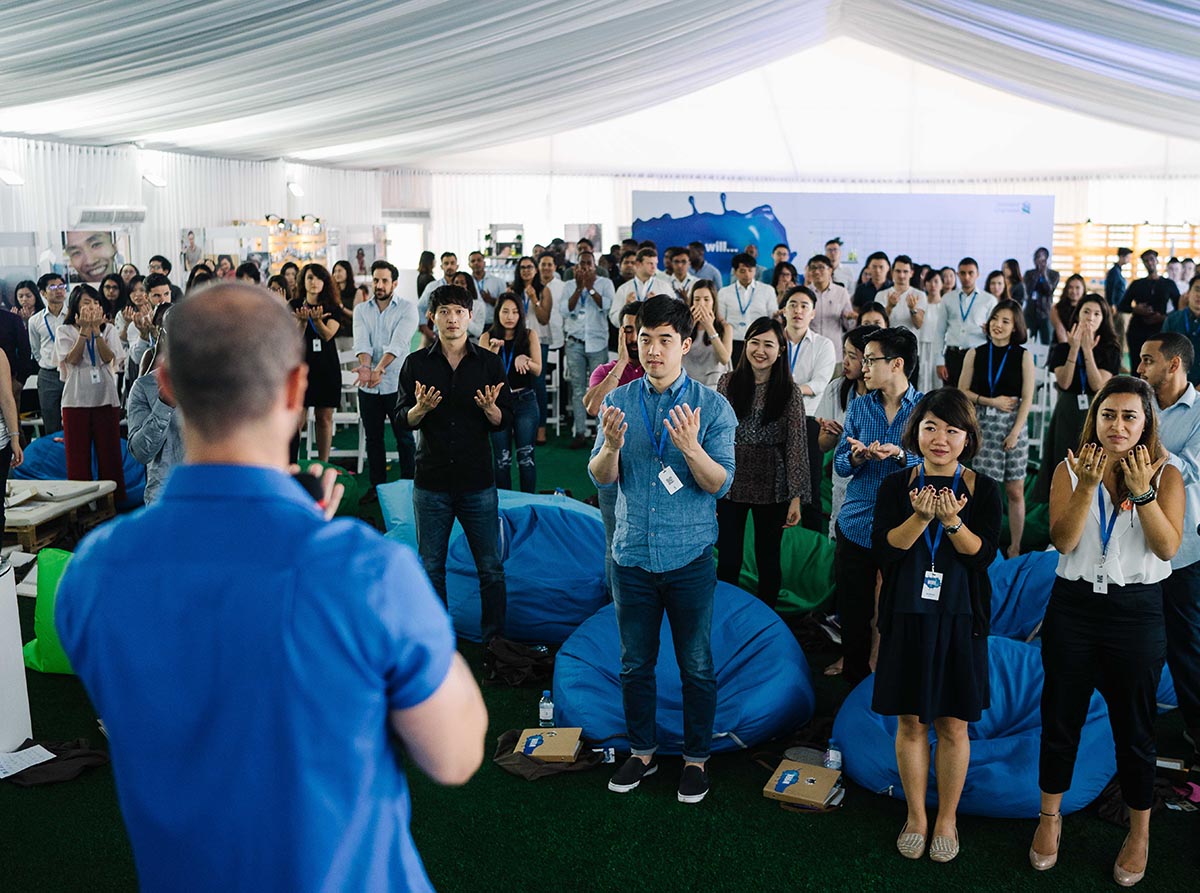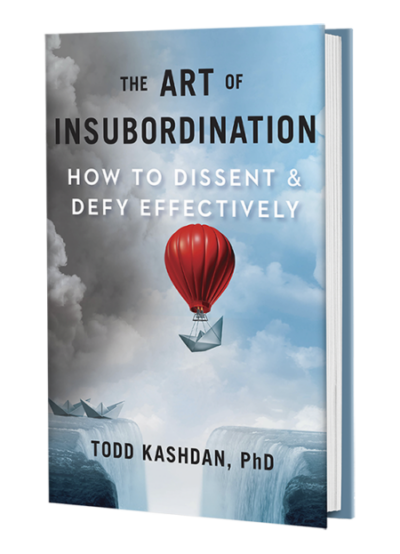
When life throws us lemons, the people making lemonade are those who are psychologically flexible.
Psychology has long relied on the assumption that the best way to respond to distress is to reduce it. Only recently have alternative ideas and philosophies emerged. Psychological flexibility is responding to distress in ways that accelerate progress toward valued goals. By using emotions as tools and matching behaviors to what a task requires, psychologically flexible people are better able to adapt to a particular situation. New work is ever-emerging from our Well-Being Lab to continually understand the benefits of psychological flexibility and develop strategies for incorporating it into your daily life.
The Well-Being Lab published a landmark paper in 2010 on psychological flexibility. We define psychological flexibility by how a person:
- adapts to fluctuating situational demands
- reconfigures mental resources
- shifts perspective
- balances competing desires, needs, and life domains
Psychological flexibility is about mobilizing effort toward valued aims in a volatile, uncertain, complex, and ambiguous world.
What is the best way to respond to distress?
This question has consumed philosophers, public policy makers, organizational leaders, and captivated the general public. After decades and billions of dollars spent, perhaps our best answer is, “it depends.” Many believe it depends on the nature and severity of the distress itself. Psychology has long relied on this assumption – tailoring interventions to specific mental health symptoms and problems. This system has brought order to thinking about and treating human suffering, but perhaps just an illusion of order. Regardless of approach, virtually all psychological interventions share a common philosophy: the best way to respond to distress is to reduce it. Only recently has an alternative approach emerged.
It is not distress itself that interferes with well-being and optimal functioning, but rather the countless ways of trying to escape distress.
When we feel anxious about starting an important project, we scroll through social media. When we feel lonely, we comfort ourselves with excessive food, alcohol, or other substances. When we feel regret, we spend hours mulling over the past, failing to connect with the world around us. Too often, our strategies to cope with distress, while providing momentary relief, bring us further away from the life we want and from our values. Based on rich theory and scientific research, the best way to respond to distress is with whatever strategies facilitate the pursuit of meaningful life aims. This is the core of psychological flexibility (PF). Build your psychological arsenal of tools, and know how to wield them well in the appropriate situation.
Clarifying Our Core Goals Makes it Easier
By clarifying our core values and cherished interests, we are better able to change our default response to distress. Instead of avoiding or escaping, we can maintain and even increase forward momentum. With the possession of solid reasons for taking on a difficult task, distress is less of a barrier to pursuing meaningful goals. To help understand and improve people’s psychological flexibility, the Well-being Lab created the Personalized Psychological Flexibility Index (Kashdan et al., 2020) which you can DOWNLOAD HERE.
There are three typical responses when confronted with unwanted thoughts, feelings, bodily sensations, and memories during the pursuit of personally meaningful goals. Responses range from passive/generally unhealthy avoidance strategies (giving up during goal pursuit) to increasingly active and healthy acceptance strategies (a willingness to experience negative thoughts and emotions that arise) to less common, adaptive ways of harnessing distress (mobilizing energy for increased focus and performance). By using the wide range of emotions and behaviors at our disposal as tools, we become capable of finding alternative pathways around obstacles to reach goals. Psychological flexibility is an invaluable skill that we can all improve upon with training.
The 3 Typical Responses to Stress
Avoidance is an attempt to get rid of unwanted private experiences (such as thoughts, emotions, and memories – experiences an individual has that no outside observer can directly see). By avoiding, we transform the perfectly normal experience of pain into one of suffering and ineffective action. There are two major reasons for this. First, attempts to control or suppress feelings often result in an increase in those feelings, as when attempting to not feel anxious makes you more anxious. Second, emotions and values are often two sides of the same coin, and therefore to avoid one means to avoid the other. You cannot have loving relationships without risking vulnerability, and all the painful thoughts and feelings that inevitably go with it. You cannot reach your potential as a leader, educator, public speaker, or parent without working with the difficult emotions that arise. Instead of making us feel better, avoiding pain or pleasure has the opposite effect. Avoidance constricts our behavior, our sense of self, and we become psychologically weaker. The short-term relief of not feeling pain is offset by the failure to find solutions to existing problems.
Acceptance is about making room for painful feelings, urges, and sensations, and allowing them to come and go without a struggle. Acceptance means embracing internal states regardless of whether they are desirable. Acceptance is about allowing these experiences to be present without trying to avoid or get rid of them. Willingness, a close ally of acceptance, involves allowing difficult private experiences to be present, in the service of valued life goals.
Harnessing is about actively working with unwanted thoughts, feelings, sensations, and memories as a means to facilitate goal pursuit. We pursue particular mental states in service of another superordinate goal. For example, an athlete may upregulate feelings of anger or an uncomfortable desire to seek revenge in order to enhance motivation and arousal prior to competition. In this situation, her primary goal is not to feel particular emotions; her primary goal is to harness whatever emotions she believes are necessary to achieve her goal. If we cannot control the presence of negative emotions and other potential barriers to goal pursuit, perhaps the best we can do is creatively use them to our advantage. Harnessing serves as an instrument to help us accomplish important tasks and goals.

Psychological flexibility is a skill that can be developed.
While singular ideas such as mindfulness, positivity, kindness, and grit can take us far, they cannot take us all the way– and can even hold us back. Fortunately, there is a solution: psychological flexibility. Psychologically flexible people are highly attuned to the qualities of each situation and person they encounter, adapting their behavior to what will work best. Groups and their work culture can be designed for psychological flexibility. Todd Kasdan has spent over a decade researching and speaking on psychological flexibility and psychological strengths. He lives the work and can personalize his keynotes and talks to the exact desires and needs of any organization.
COMING SOON!
